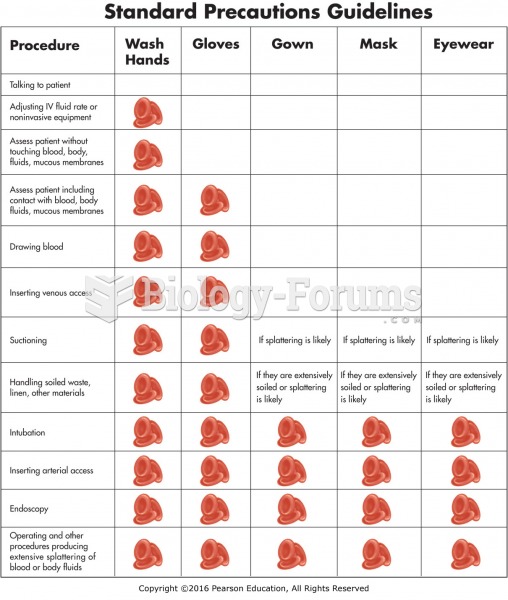|
|
|
Approximately one in four people diagnosed with diabetes will develop foot problems. Of these, about one-third will require lower extremity amputation.
Cancer has been around as long as humankind, but only in the second half of the twentieth century did the number of cancer cases explode.
When taking monoamine oxidase inhibitors, people should avoid a variety of foods, which include alcoholic beverages, bean curd, broad (fava) bean pods, cheese, fish, ginseng, protein extracts, meat, sauerkraut, shrimp paste, soups, and yeast.
The use of salicylates dates back 2,500 years to Hippocrates's recommendation of willow bark (from which a salicylate is derived) as an aid to the pains of childbirth. However, overdosage of salicylates can harm body fluids, electrolytes, the CNS, the GI tract, the ears, the lungs, the blood, the liver, and the kidneys and cause coma or death.
Essential fatty acids have been shown to be effective against ulcers, asthma, dental cavities, and skin disorders such as acne.
 The American clipper ship, Red Jacket, off Cape Horn, sails from Australia to Liverpool, England, in
The American clipper ship, Red Jacket, off Cape Horn, sails from Australia to Liverpool, England, in
 The Abecedarian study was designed to help very low-income African American children prepare for ...
The Abecedarian study was designed to help very low-income African American children prepare for ...





